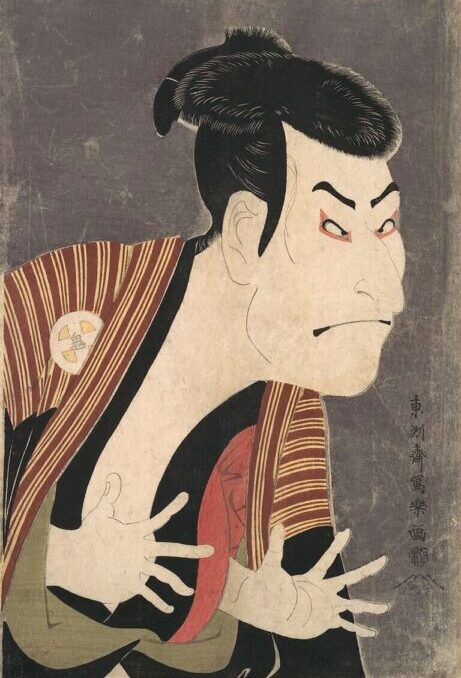Each morning I stand before the mirror, coffee in hand, and wonder why my face looks slightly off today. The act is so familiar that I barely notice when my right hand lifts and the image in the glass lifts its left. We all know that feeling: the mirror seems to swap left and right but never top and bottom.
Richard Feynman offered the elegant solution: the mirror does not invert left and right. It inverts front and back. It feels like left and right because our brains imagine turning us around to face the reflection, and in that mental rotation our sides swap. In truth, the mirror merely reflects light, and it is our own expectations that do the heavy lifting.
That insight reminded me of the twelve teachings of Japan, each whispering about flexibility of perception and the beauty of subtle change. Consider Ikigai, which asks why we rise at dawn. My mirror twin greets me each morning with silent purpose, reminding me that to understand who I am I need not fix every imperfection but simply observe how I present myself when no one else is around. In that moment Kaizen arrives, urging me to seek tiny improvements. I might not achieve perfect symmetry between cheeks, but adjusting the lighting even a little makes the reflection clearer and the process gentler.
Soon I notice that comparison only breeds frustration. Oubaitori teaches that my reflection is not competition but collaborator, mimicking every twitch and yawn as if to share in my human experience. And when the mirror reveals truths my smartphone filter would hide—an unwelcome blemish or a stubborn hair—Gaman invites me to endure with dignity, to accept what is, to carry on while attending to self care.
As I lean closer, I catch sight of small irregularities that once annoyed me. Wabi Sabi celebrates these imperfections, from that tiny freckle I never knew I had to the subtle unevenness of my smile. The mirror keeps each record with gentle neutrality, and Mono no Aware reminds me to savor the fleeting beauty of this very moment. Yesterday’s reflection is gone, and today’s will soon be replaced by tomorrow’s, each unique in its passing splendor.
Sometimes I blink and for a heartbeat the image seems uncanny—just different enough to unsettle me. In that silence Omoiyari appears, urging empathy for this silent witness that sees all and never speaks. And in that uncanny shift I glimpse Yuugen, the deep mystery that lies beneath the surface of everything, reminding me that some truths remain out of reach of perfect clarity.
Then there are days when the glass is smudged or the light is harsh and I look tired. Shikata ga Nai comforts me with the truth that some things cannot be helped. Rather than battle the inevitable, I set the mirror by a window and watch as my image blends into the world outside—branches, clouds, shifting shadows. In that union Kachou Fuugetsu teaches that I become part nature, part self, reflecting sky and skin in one seamless composition.
All the while the mirror itself remains without thought or judgment. Mushin invites me to embody that same no mind, to simply be present in reflection and reality alike. And as I step away I remember Enso: each glance offers a circle of becoming. My reflection changes day by day, and with hope it will grow wiser, kinder, and perhaps better lit.
A Mirror Image of a Mirror Image; Feynman reminded us that the mirror asks no questions of its own. It simply applies the laws of physics. But the way we interpret that image is where science meets art. Just as the twelve philosophies offer no answers but reflections, the mirror shows us what we bring to its surface.

Final Thoughts
Next time you look in the mirror and ask, “Why does this thing flip left and right but not up and down?”
Remember: The mirror’s not broken.
You just might be having a beautifully imperfect, deeply reflective, minor existential crisis.
And that’s very, very Japanese.
The Actor Otani Oniji III as Yakko Edobei by Toshusai Sharaku (1794)
Woman with Two Mirrors by Kitagawa Utamaro (1795)


Leave a Reply